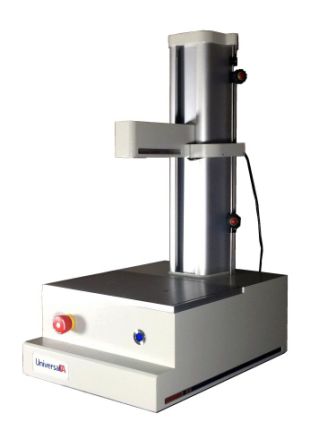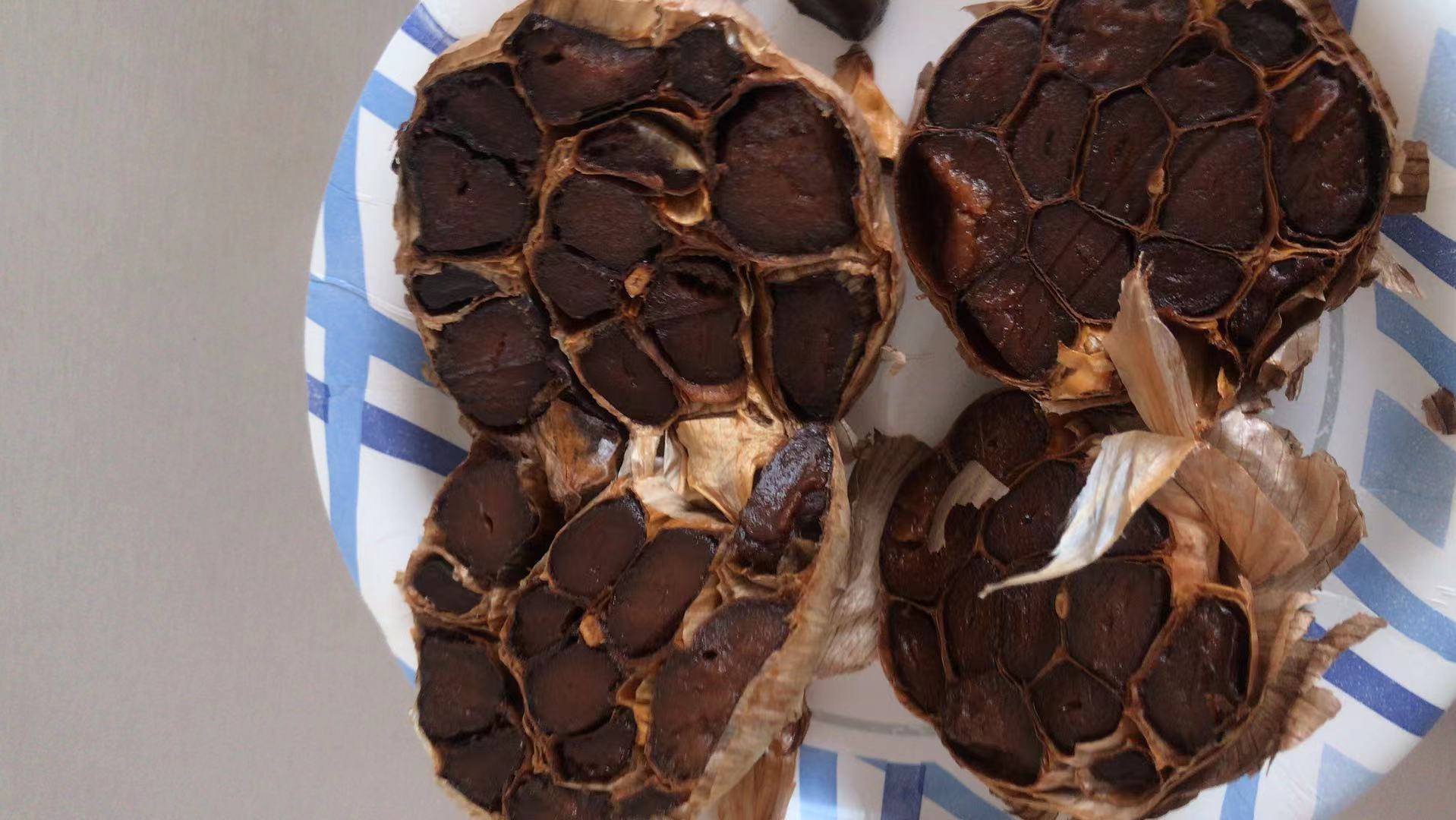The dried bean curd is a small packaged food made from soybeans , which is processed by smoked, marinated and seasoned. It is delicious and nutritious, and is more and more popular among consumers. The leisure tofu has high water activity, rich protein and fat content, and is highly susceptible to microbial contamination or quality degradation due to complicated physical and chemical changes, shortening the shelf life. With the enhancement of food safety awareness and the improvement of sterilization process in soybean products enterprises, the quality problems such as swelling and dissolution caused by microorganisms during the shelf period have been improved. However, due to the prolonged circulation time, the texture of the tofu has gradually become hard, the elasticity is lost, and the quality deterioration caused by non-microorganisms such as rancidity has become a new problem hindering the development of the soybean product industry.
1 sample preparation
The sample was placed at room temperature for 6 months (from September 2014 to March 2015, placed in the home of the simulated sample, protected from light), and the texture was determined at 0, 30, 60, 90, 120, 150, 180d. .
2 instruments and probes
Universal TA texture analyzer and P/5 cylindrical probe


3 test methods
Weigh 5g of bean curd and place it on the texture analyzer tray, test the center point of the bean curd, and measure the hardness, elasticity, cohesiveness, chewiness and recovery by using the TPA test mode. Test Conditions:
Speed ​​before test: 0.5mm/s
Test speed: 0.2mm/s
Speed ​​after test: 0.5mm/s
Target mode: deformation 20%
Trigger force: 8gf
Pause time: two occlusions in the middle pause time 3s
4 test results

Texture characteristics are important physical properties of food, including hardness, chewiness, recovery, cohesiveness and elasticity, and are important basis for judging product quality. Hardness refers to the force required to achieve a certain deformation of the food, that is, the force that the tofu is broken. Chewability is only used to describe a solid sample, which refers to the amount of work that can be swallowed when the sample is swallowed. In the table, as the storage time increases, the hardness and chewiness of the bean curd change in the same trend, 0~150d has been increasing (falling only at 60d), and the change amplitude is increased after 90d, and slightly decreased at 180d. Tofu is a high-protein gel food, the moisture content is decreased, and the strength of the protein gel is increased, which causes the hardness and chewiness of the dried bean curd to increase. Responsiveness reflects the ability of food to quickly recover from deformation. . Cohesiveness is the property of a sample to resist damage and tight connection to maintain integrity when chewed by a consumer [29], which reflects the internal binding force of the tofu. The recovery and cohesiveness were stable in 60 days, and the maximum and minimum values ​​appeared at 90d. . The elasticity showed a change in volatility during storage but the difference was significant (P<0.05), which had little effect on the quality of dried tofu.
Whole Bulb Black Garlic is made from Whole Bulb Fresh Garlic.Generally,Whole Black Garlic has 6-8 or 8-12 small cloves.Putting fresh garlic into the Black Garlic Machine for 18-20days,we can get whole bulb black garlic.Black garlic has sweet taste and soft texture.Compared with fresh garlic,it is becoming more and more popular.

Whole Bulb Black Garlic,Black Garlic Food,Multi Bulb Black Garlic,Fermentated Black Garlic Granule
Zhucheng Tongxi Commercial And Trade Co.,Ltd. , https://www.blackgarlicgroup.com